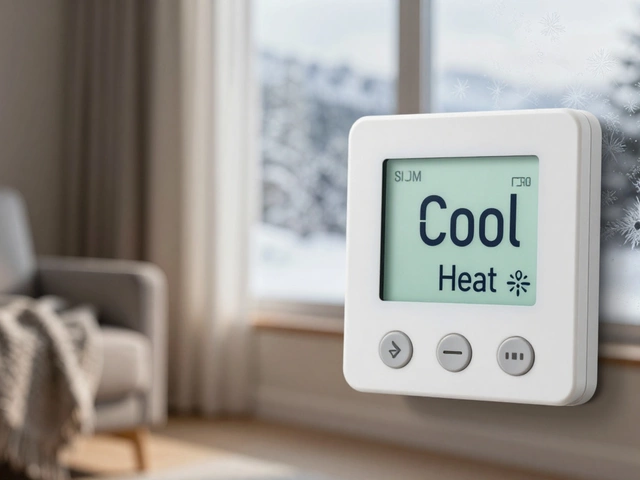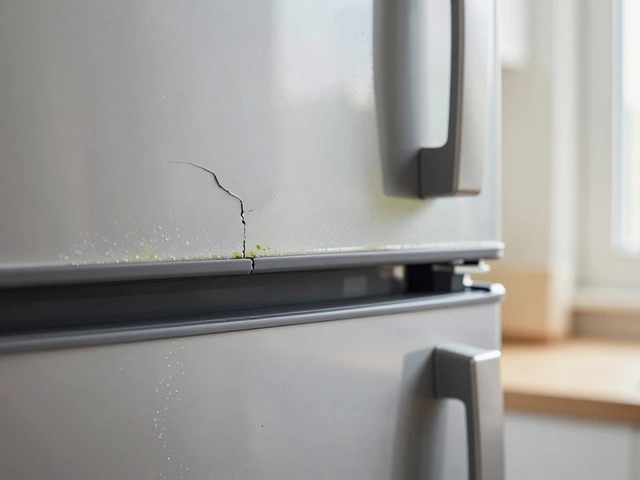Washing Machine Problems: What Causes Them and How to Fix Them
When dealing with washing machine problems, issues that stop your machine from spinning, draining, or cleaning properly. Also called washer troubles, these challenges affect anyone who does laundry at home.
One of the biggest related concerns is washer errors, specific fault codes or unusual noises that hint at internal failures. Understanding those error signals lets you narrow down the culprit without pulling the machine apart. Another key player is appliance repair, the service of fixing home devices by trained technicians. Skilled repair pros know which components are cheap to replace and which ones are safer to leave alone. Finally, the broader category of laundry appliance, any machine that helps with washing, drying or ironing clothes, provides the context: a broken washer impacts the whole household routine.
Why Your Washer Might Misbehave
Most washing machine problems fall into three buckets: mechanical, electrical, and user‑error. Mechanical issues include worn belts, blocked pumps, or a broken drum bearing. When the belt slips, the drum won’t spin, and you’ll hear a high‑pitched squeal. Electrical faults often involve a faulty motor control board or a defective water inlet valve that floods the machine. User‑error shows up as overloads, using the wrong detergent, or setting an unsuitable cycle – the machine then throws error codes like “E‑23” or “F‑01”. Each bucket influences the diagnostic steps you’ll take.
Take the water supply, for example. If the inlet valve fails, the washer may stop mid‑cycle with a “no water” warning. A quick test is to disconnect the hose and see if any water drips out; a leak indicates a valve problem. Meanwhile, a clogged pump filter can cause draining issues. Most modern washers have a removable filter behind a small access panel – cleaning it removes lint, coins, or small clothing items that block flow. These simple checks often solve what seems like a major malfunction.
When you see strange noises, think about the motor and suspension. A humming sound with no drum movement usually points to a motor that’s receiving power but can’t turn – the control board may need replacement. A loud knocking during spin suggests the drum’s shock absorbers are worn out, causing excessive vibration. These components wear with age, especially in high‑use households, and swapping them restores smooth operation.
Software‑driven washers also display digital error codes. Look up the code in the user manual or on the manufacturer’s support site; most codes correspond to a specific part. For instance, “E‑10” often means a temperature sensor problem, while “E‑15” could flag a door lock issue. Knowing the code narrows the repair scope and saves time for you or the technician.
Beyond the hardware, preventive maintenance helps dodge many problems. Running a monthly cleaning cycle with vinegar clears detergent residue, while wiping the rubber gasket after each use prevents mold growth. Leaving the door ajar lets moisture escape, reducing the chance of foul smells and electrical corrosion. These habits keep the washer in top shape and extend its lifespan.
If you’re comfortable with DIY, replace simple parts like belts or pumps using the model’s service manual. However, for anything involving the motor, control board, or high‑voltage components, call a qualified appliance repair professional. They have the tools to test voltage safely and can certify that the repair meets safety standards. Trying to fix a major electrical fault yourself can be risky and may void warranties.
Our collection of articles below walks you through each of these scenarios in depth. You’ll find step‑by‑step guides on diagnosing washer problems, practical tips for cleaning filters, and clear advice on when to call a technician. Whether you’re a seasoned DIYer or just want to know what’s going on with your laundry appliance, the posts ahead give you the knowledge to act confidently.
Wondering why your washing machine suddenly stops working? Most folks run into the same annoying issue over and over. This article looks into the most common washing machine failure, explains why it happens, how to spot it quickly, and gives practical advice on simple fixes and prevention. You'll learn how to protect your machine and wallet. No confusing jargon—just real help for anyone facing washer trouble.
Washing machines can throw a wrench in your chores when they break down. From a worn-out belt to clogged hoses, the problems vary widely. Discover the typical culprits that lead to dysfunction and simple prevention tips. This guide is packed with practical advice to keep your machine running smoothly.



